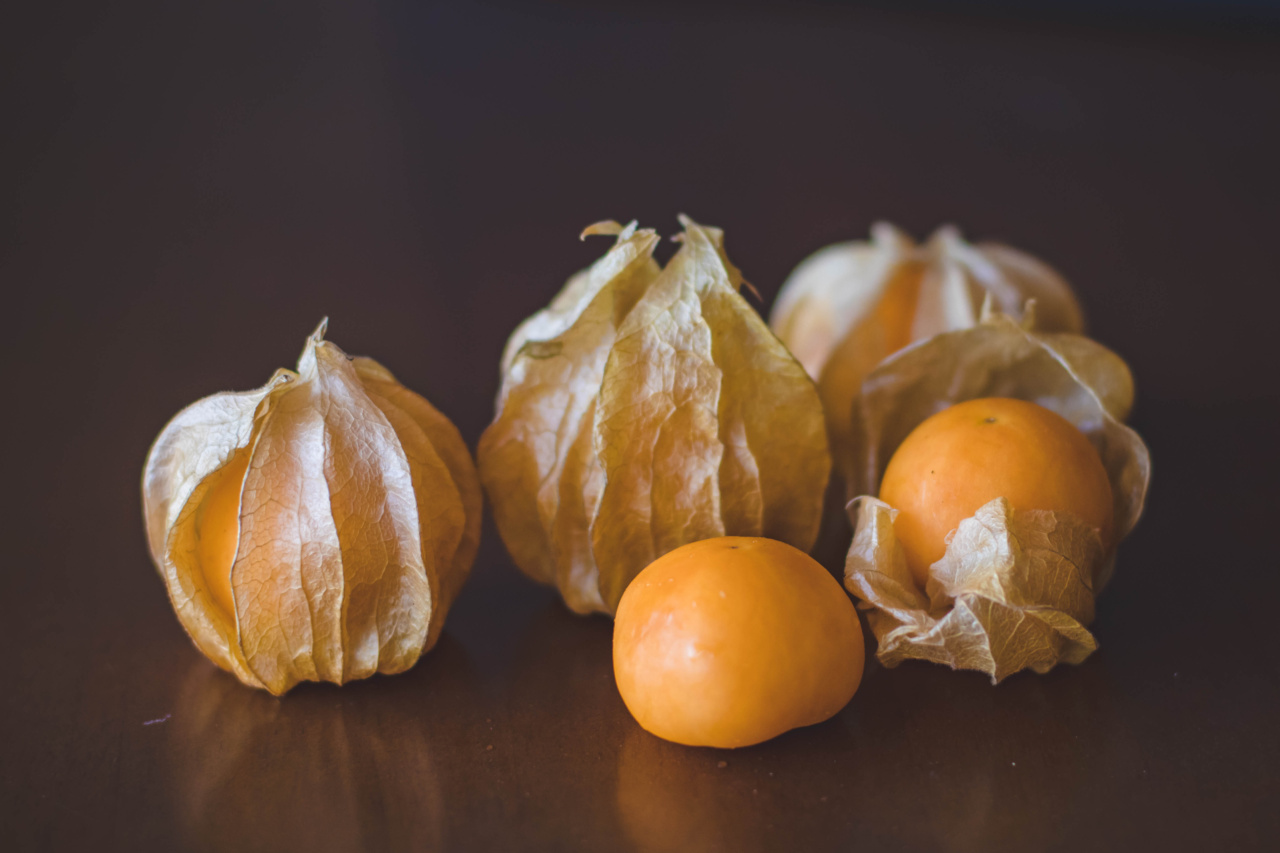Cellulite is a common concern for many individuals, especially women. It refers to the dimpled appearance of the skin, caused by fat deposits pushing through the connective tissue beneath the skin’s surface.
While there are various factors that contribute to the formation of cellulite, such as genetics, hormones, and lifestyle choices, nutrition plays a significant role. By making conscious dietary choices, you can potentially reduce the appearance of cellulite and improve the overall health of your skin.
In this article, we will explore the foods you should watch out for to better manage and minimize the appearance of cellulite.
1. Processed Foods
Processed foods are typically high in refined sugars, unhealthy fats, and artificial additives. These factors can contribute to weight gain and inflammation within the body, both of which can worsen the appearance of cellulite.
When consumed in excess, they can also disrupt the normal functioning of the lymphatic system, which is responsible for eliminating toxins from the body. To reduce cellulite, it is essential to limit your intake of processed foods, including sugary snacks, fast food, pre-packaged meals, and sodas.
2. Sugary Treats
Sugar is known to have detrimental effects on overall health, and it can also impact the appearance of cellulite. Consuming excessive amounts of sugar contributes to insulin spikes, which can lead to inflammation and weight gain.
Additionally, sugar consumption can cause collagen and elastin fibers in the skin to become weak, resulting in reduced skin elasticity and an increased visibility of cellulite. Try to minimize your intake of sugary treats such as candies, cakes, cookies, and sweetened beverages.
3. Salt and Sodium-rich Foods
High salt and sodium intake can contribute to water retention within the body, leading to bloating and an increased appearance of cellulite.
Salt also contributes to the breakdown of collagen, which is essential for maintaining the skin’s structure and elasticity. To manage cellulite, it is crucial to limit your consumption of processed foods, canned soups, salty snacks, and condiments high in sodium. Instead, opt for natural herbs and spices to enhance the flavors of your meals.
4. Trans Fats
Trans fats are artificial fats that are created through a process called hydrogenation. These fats can be found in various processed and fried foods, including margarine, fried snacks, and baked goods.
Trans fats not only increase inflammation within the body but also interfere with the formation of healthy skin cells. By avoiding foods high in trans fats, you can improve the appearance of your skin and minimize the visibility of cellulite.
5. Alcohol
Excessive alcohol consumption can have a negative impact on the skin’s health and elasticity, potentially worsening the appearance of cellulite.
Alcohol not only dehydrates the body but also affects the liver’s ability to eliminate toxins efficiently. This can lead to an accumulation of toxins, which can contribute to the breakdown of collagen and the appearance of cellulite.
To reduce cellulite, it is important to limit your alcohol consumption and stay properly hydrated with water or herbal teas instead.
6. High-Caffeine Beverages
While a cup of coffee or tea can be enjoyed in moderation, excessive consumption of high-caffeine beverages can hinder the body’s ability to eliminate toxins and contribute to the formation of cellulite.
Caffeine is known to constrict blood vessels and impair circulation, which can impact the lymphatic system’s ability to remove waste from the body. Minimize your intake of energy drinks, sodas, and highly caffeinated beverages to support healthier-looking skin.
7. High-Sodium Condiments
Condiments such as ketchup, soy sauce, and salad dressings often contain high levels of sodium, contributing to water retention and the appearance of cellulite.
While these condiments can enhance the flavor of your meals, try to opt for low-sodium or homemade versions to reduce your sodium intake. Experiment with herbs, spices, and vinegar-based dressings to add zest and flavor to your dishes without compromising your efforts to minimize cellulite.
8. Artificial Sweeteners
Artificial sweeteners, commonly found in diet beverages, sugar-free snacks, and low-calorie desserts, may seem like a healthier alternative to sugar.
However, they can still disrupt insulin levels, increase the desire for sweet foods, and contribute to weight gain. Additionally, some artificial sweeteners have been linked to inflammatory responses within the body. Aim to reduce your consumption of artificial sweeteners and opt for natural alternatives like stevia, honey, or maple syrup instead.
9. High-Fat Dairy Products
Dairy products high in saturated fats, such as whole milk, cream, and cheese, can contribute to cellulite formation.
Saturated fats can increase inflammation within the body and affect blood circulation, making it harder for the body to eliminate toxins effectively. Consider choosing low-fat or plant-based alternatives for your dairy needs, such as almond milk or soy cheese, to alleviate the potential negative effects on your skin.
10. Processed Meats
Processed meats, including sausages, bacon, and deli meats, often contain high levels of sodium, unhealthy fats, and preservatives. These factors can contribute to water retention, inflammation, and the appearance of cellulite.
It is best to limit your consumption of processed meats and opt for lean sources of protein, such as skinless poultry, fish, or plant-based proteins like legumes and tofu.
Achieving smoother and healthier-looking skin goes beyond solely focusing on nutrition. Incorporating regular exercise, practicing good hydration, and maintaining a healthy lifestyle overall are also essential.
By combining a balanced diet with exercise and other healthy habits, you can better manage and reduce the appearance of cellulite while promoting optimal overall well-being.































